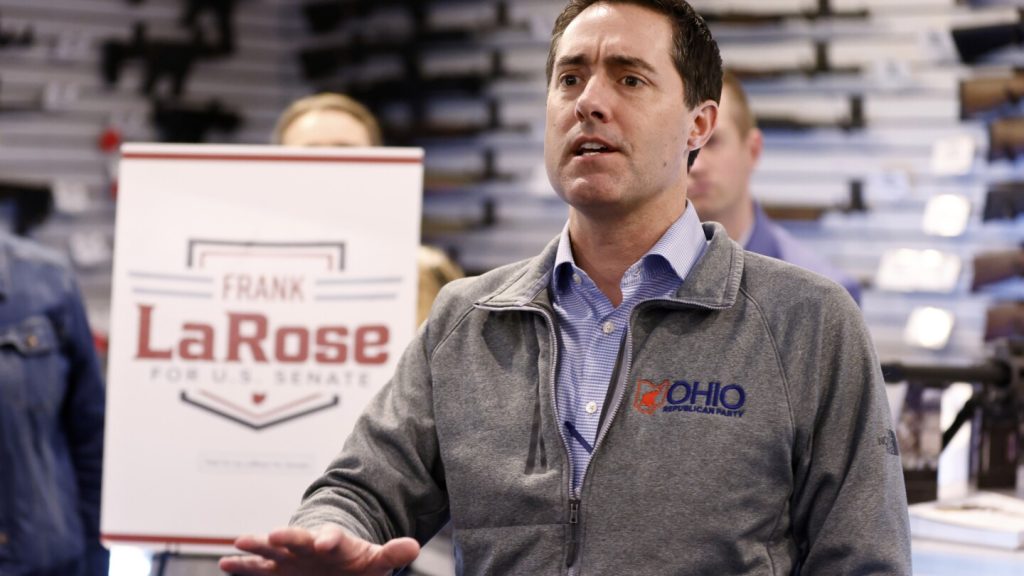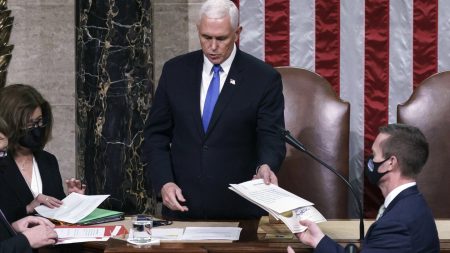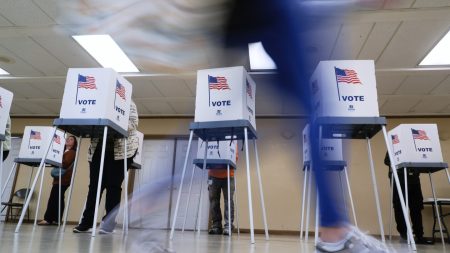LaRose emphasized that the process is a routine part of voter roll maintenance and is not intended to target any specific group of voters. However, critics have raised concerns that such efforts could potentially disenfranchise eligible voters, particularly those who may have moved frequently or faced administrative hurdles in updating their registration information. The directive comes amid heightened scrutiny over voting access and election integrity in the lead-up to the 2020 presidential election, with many states implementing new policies and procedures to ensure the accuracy and security of their voter rolls.
LaRose defended the initiative as a necessary step to ensure the integrity of Ohio’s elections and to comply with federal and state laws regarding voter registration. He pointed to the state’s advanced protocols for maintaining voter rolls, noting that Ohio is a national leader in this area. The targeted areas for removal include registrations with changes of address, past due removals, returned acknowledgements, and BMV mismatches, all of which have been flagged as potential sources of inaccurate or outdated information.
The process of removing inactive registrations involves a series of steps, including public notification and review, to provide affected voters with an opportunity to verify or update their information before their registration is deleted. The Registration Readiness roster, which will be posted on the Ohio Secretary of State’s website, allows individuals and voting rights groups to review the list of registrations set for removal and take action to prevent their deletion. LaRose emphasized the importance of this public review process in ensuring transparency and accountability in the voter roll maintenance procedure.
Critics of the directive have expressed concerns about the potential impact on eligible voters, particularly those who may be inadvertently removed from the voter rolls due to administrative errors or outdated information. They argue that such efforts could disproportionately affect certain demographic groups, including minority and low-income voters, who may face greater barriers to updating their registration information. Advocates for voting rights have called for additional safeguards to protect against wrongful removals and to ensure that all eligible voters are able to participate in the upcoming election.
As Ohio prepares for the November election, the state’s election officials are ramping up efforts to ensure that voter rolls are accurate and up-to-date. LaRose’s directive to county election directors is part of a broader initiative to improve the integrity of the state’s elections and to address any potential vulnerabilities in the voter registration system. With heightened attention on voting access and security in the midst of the COVID-19 pandemic, the maintenance of voter rolls has become a key priority for election officials and advocacy groups alike.
In the coming weeks, Ohio voters and voting rights organizations will be closely monitoring the implementation of the voter roll maintenance process to ensure that eligible voters are not disenfranchised. As the state navigates the challenges of conducting an election during a public health crisis, ensuring the accuracy and accessibility of voter registration information is crucial to safeguarding the integrity of the democratic process. With the 2020 presidential election fast approaching, the spotlight will remain on Ohio and other states as they work to secure their elections and protect the voting rights of all citizens.















